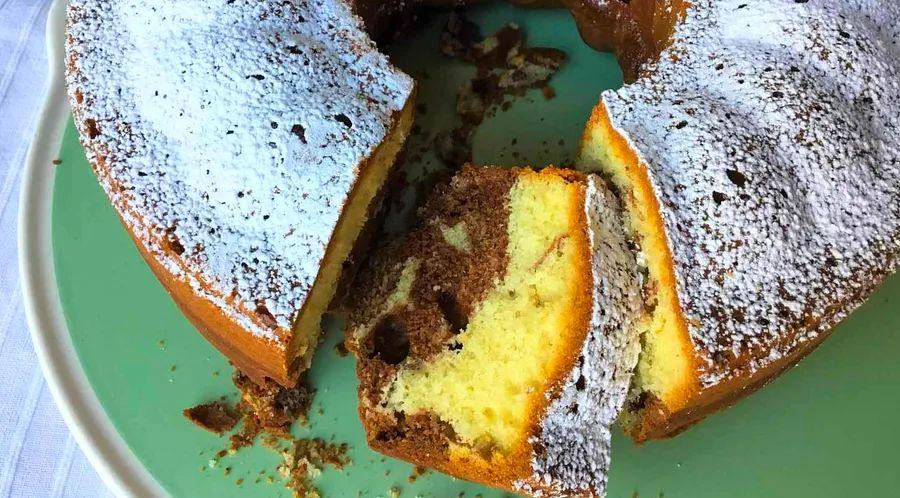What is Kaffee und Kuchen?

What is Kaffee und Kuchen?
Germany is renowned for its delectable cakes and pastries, including iconic treats like Schwarzwälder Kirschtorte (Black Forest Cake) and Bienenstich (Bee Sting Cake). However, the true essence lies in when and how these indulgences are enjoyed. This longstanding tradition, known as Kaffee und Kuchen (meaning 'coffee and cake'), dates back to the 17th century. Even as lifestyles evolved in the 20th century, this practice has endured. Its influence stretches beyond Germany, with Austria and German-speaking regions of Switzerland also embracing the Kaffee und Kuchen tradition, complete with their own mouthwatering array of cakes and pastries.
Kaffee und Kuchen is more than just a snack—it's a social event where friends and family gather over coffee, cake, and lively conversation, typically between 2 and 5 pm. Unlike the American tradition of serving cakes as a dessert, in Germany, Kaffee und Kuchen stands as a meal in its own right, with cakes and pastries enjoyed as an afternoon delight.

The Kaffee und Kuchen Tradition in Germany
For many, weekends—especially Sundays—are synonymous with a leisurely Kaffee und Kuchen session, also known as a kaffeeklatsch in Germany. While this tradition often takes place on weekends, it doesn't have to be limited to that; it's common for coworkers to share cakes or pastries brought from a local bakery (Bäckerei) or pastry shop (Konditorei) during the workweek, or even to celebrate a birthday.
German bakeries typically offer simpler, more rustic cakes, often in the form of sheet cakes, as well as yeasted treats like cinnamon rolls and Danish pastries. These everyday delicacies are sometimes referred to as Kaffeestückchen (small coffee pastries). On the other hand, pastry shops (Konditorei) specialize in more elaborate cakes and often have a selection of fruit pies as well.

Pastry shops often feature an attached café, making these spots key to maintaining the Kaffee und Kuchen tradition. While people's homes are the most common setting for this afternoon ritual, cafés also play an important role. If you spot a line outside a shop on a Sunday afternoon, it's likely in front of a popular pastry shop. At both bakeries and pastry shops, cakes are sold by the slice, allowing for a variety of choices to suit individual tastes. Since the cakes tend to be rich, it's common to share slices with others, letting everyone sample a little bit of everything—adding to the social experience.
What Makes German Kuchen Stand Out?
In the German language, there's no clear distinction between cakes and pies; both fall under the term 'kuchen.' However, there is an important difference between 'Kuchen' and 'Torte.' A 'Kuchen' is typically drier, often featuring a fruit topping or filling, while a 'Torte' is more decadent, filled with layers of whipped cream, buttercream, or other rich fillings. The iconic Black Forest Cake is one of the most famous examples of a Torte. Interestingly, the naming conventions can be somewhat fluid—what is essentially a sponge cake topped with fresh strawberries might be called either Erdbeerkuchen or Erdbeertorte.
German cakes often include unique ingredients. For example, fruit cakes may use pre-made, no-bake sponge or shortcrust bases (Tortenboden). These ready-made bases are topped with fresh fruit and finished with a colorless or red glaze (Tortenguss), which not only holds the fruit in place but also prevents it from drying out. The glaze is sold in small packets of powder, which is mixed with liquid and then spread over the fruit before it sets.

Two staple ingredients in German cakes are vanilla sugar and quark. Vanilla sugar is easily made by combining granulated sugar with vanilla beans, while quark can be swapped with fat-free Greek yogurt in most recipes.
In recent years, Germans have embraced American-style baked goods. Muffins, cupcakes, brownies, donuts, and American-style cheesecakes have become popular, but traditional German cakes still remain beloved and widely enjoyed.
No matter what's on the menu, when it's time for Kaffee und Kuchen, setting the table with a nice tablecloth, using fine china, and serving with pastry forks are essentials for many families.
Evaluation :
5/5



